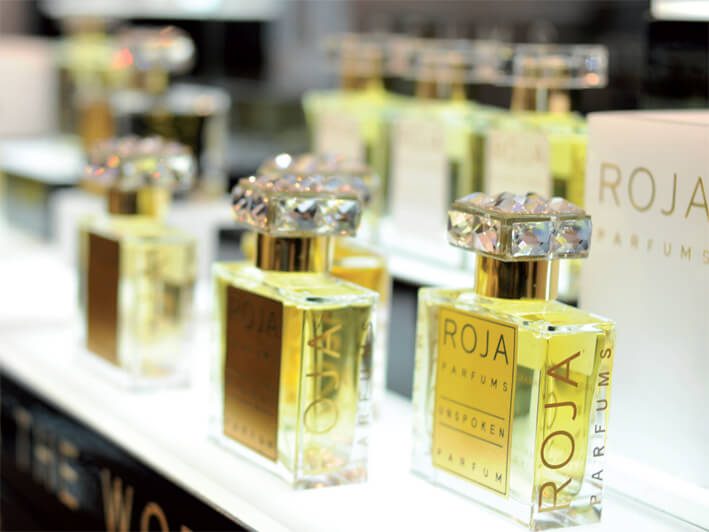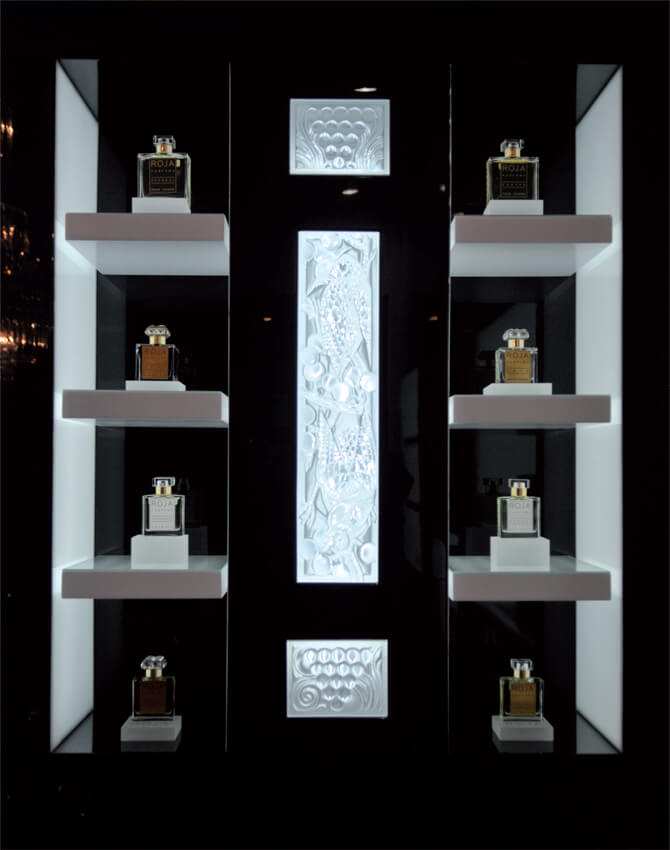From ‘Princess Kate’ Middleton to Lady Gaga, celebrities are nobody without a Philip Treacy hat. But what drives London’s divine milliner? Caroline Davies probes for the answers from the god of gorgeous headwear
“It’s a bit like being a missionary,” Philip Treacy says. “I’m preaching, ‘hats are good.’”
To many Philip Treacy is not just a dedicated evangelist of millinery; he is one of its gods. His designs adorn the heads of Royal Princesses and Harry Potter characters, Sarah Jessica Parker and of course, Lady Gaga. He has collaborated with designers of every ilk including Chanel, Versace, Givenchy, Alexander McQueen, Valentino and Ralph Lauren. But while he is adaptable – his designs may be outlandish, ironic, classic or surreal – they are recognisable. A small quirk, a way of designing, of seeing the world, a creation of this designer is unmistakably a ‘Treacy’.
His hats are eccentric and dramatic. They pull your stare, captivate and amaze. They are unapologetically whimsical, direct but from a new perspective.
“When you meet somebody you meet their face not their foot,” Treacy says, bluntly. “It is a very potent part of the body to decorate and embellish.”
Is what he does challenging? “When you design hats people want something new that they have never seen before, has never been invented and that’s not easy,” he says. Does he worry he will run out of ideas? “Every day. But it hasn’t happened yet.”
With constant demand flying in from around the globe – “Lady Gaga likes a hat a week” – the ideas need to flow thick and fast. “It is catching all over the world,” he says. “We have interest from cultures that didn’t necessarily think they could wear our hats before. Fashion is a big communicator today. Lady Gaga has introduced my hats to 11 year olds. That’s quite fun, because she’s a hat wearer of the world. She’s a 21st century Isabella Blow.”
Treacy tone changes, softer and almost conspiratorial. “I’m not giving her Isabella’s crown, that’s not mine to give. But she reminds me of her, rather alarmingly. I don’t think anyone has any doubt about that. They do have a certain similarity. What’s most interesting is that Isabella was a very, very sweet person and so is Miss Gaga. A very, very sweet person.”
Gaga’s appearance at Treacy’s 2012 September London Fashion Week show, his first in 8 years, was the surprise entrance of the season, even to Treacy. “She said if she went to my show, she would come in her own way,” he says. “It was all her idea to come to the show. An hour before, she called me up and apologised that she was running 10 minutes late. “She said ‘I’m wearing a brown wig and I’m channelling Isabella’ and I said ‘Ok, I hear you’ thinking ‘Yikes’. And then she turned up looking like her.
“She’s a conceptual artist. She told me what she was going to say and I said ‘please don’t say that, they are going to think I told you to say that.’ She said ‘Philip, don’t worry, I’m not going to mess up.’”
Dressed in a florescent pink shroud that covered her entire face, draped over her arms, Gaga walked down the catwalk with echoing footsteps. She stopped, raised her arms and said in a deep, echoing voice “Ladies and gentlemen, the greatest milliner in the world, Philip Treacy.” She was cut short by the crowd as they erupted in applause.
Born in Galloway, Ireland, Treacy began making hats – “because I was good at it” – while at Fashion College in Dublin. In 1988 he began his MA at The Royal College of Art. Aged 22, he met Isabella Blow.
“Oh God.”
Speaking about Blow, an illustrious magazine editor and then legendary style editor of Condé Nast’s London-based Tatler magazine, Treacy’s voice becomes softer. It is clearly a story he has told before, but one he doesn’t mind revisiting.
“The first time I met her, I was in Tatler’s art department. It was the late 80s and the power suit look was in; navy, white, red suit. It was very suit with pearls.
“Isabella was in evening dress; transparent Galliano cobweb top with a satin skirt and yellow Manolo Blahnik satin shoes. Evening wear while everyone else was in day wear. Today that is a common look, but then it was very unusual. She stood out, she was different. It wasn’t an extreme outfit but she was certainly different. And she had lipstick on her teeth.” He pauses. “She wasn’t friendly, she wasn’t not very unfriendly… but she was checking me out.”
Treacy had been called in by Michael Roberts, then fashion editor of Tatler, to create a green hat, the centrepiece for a fashion story based on the 1920s novel of that name.
“It’s difficult to find a green hat, because weirdly enough people can be superstitious about them. I’m not, I love green hats.” When Treacy returned to college, he had a message. It was from Isabella. She wanted him to create something for her wedding. “I was used to white brides, so I thought she meant a veil. But Isabella was wearing purple. Velvet. With Aquitaine embroidery. So I made her a golden wimple.”
The hat and wimple sparked off a fashion partnership far more significant than designer and muse. After graduation, Blow not only wore Treacy’s creations, but arranged for him to set up his workshop in the basement of her house. “She changed my life.”
Today, Treacy rarely stands still. I have caught him while he is momentarily in his London studio. His itinerary over the next week alone will take him to New York for Grace Jones’ concert, back to London and on to Melbourne for the Melbourne Cup before working on hats for Armani’s couture collection. London, however, remains his home.
“England is the home of the hat,” he says. “I make hats for very conservative English women who think my hats are normal. That’s why I work in England, I love it here. That is the epitome of English eccentricity as far as I am concerned. Many of my customers are very conservative dressers, but when it comes to a hat they like a very stylish hat. They want something more from a hat.”
Treacy’s craft can be divisive. The image of Princess Beatrice in his creation, a swirling cream, pink hat, at the Royal Wedding in April 2011 caused a stampede of criticism from twitter to the mass media. A month later it sold for a record breaking £81,101 on a charity eBay auction.
“Hats are provocative, they always have been,” says Treacy. “You love it, you hate it, you think it’s wonderful, you think it’s ridiculous. Hats have always brought about conversation. People are attracted to that person; they want to talk to that person.”
Treacy’s recent partnership with Asprey, a company that has centuries of experience in catering to the most extravagant eccentric tastes, is not unusual. The outcome is. He has designed a Christmas cracker.
“They thought I was joking,” he says. “I wasn’t. I love Christmas. Christmas reminds us of our childhood when we were at our happiest.” The cracker is unexplored territory. It’s another version of a hat. It’s something you don’t need, but you do need. It’s food for the soul. A cracker can be beautiful too.”
Every detail of the cracker, on sale at Asprey Bond Street in November 2012, was overseen by Treacy, from the pop up hat that unfolds when you remove the ribbon, the sterling silver thimble engraved with his signature, to the jokes curled inside. His vision, rendered completely, translated to something new.
“We live in a world of shape and I make shapes,” he says. “I have my own style of shape so I can adapt what I do to anything potentially. Designing a building would be fun, in Shanghai, China; they are very open to the future. Sydney Opera House is my favourite hat in the world. It’s not a building, it’s a hat. It’s a symbol of Australia, it’s the most exquisite building.”
“I’m happy with my lot,” says Treacy. “When Isabella [Blow] started wearing my hats first, no one wanted them. Now they all want my hats, her style of hats, interesting hats. People are much more adventurous than they have ever been before.”
Philip Treacy by Kevin Davies, published by Phaidon now available

















Recent Comments